The second interview in the series is with Mikey Henderberg, one of Ox-Bow’s longtime cooks and part time maintenance guy who is a master tinkerer, a true jack- of- all- trades. His projects this past summer include a brand new wood fired oven and a public solar shower.
MH: The first bread oven was built by a ceramics teacher who’s husband was Native American (the oven was built according to a traditional design).
EM: What year?
MH: 2000 I think. Chresten and Jon Hook had built, was it two ovens? One collapsed and the other didn’t work so well.
EM: Yeah, I remember when we were making pizza and the interior literally collapsed on the pizza.
MH: All these ovens were built on the same spot in the meadow. So, this year, Erin had a cool earth oven book. I was also hanging out with Jon Hook who talks aboit it all the time. He built one at his house and when I went to a firing at his place they were making pizza in it.
EM: And it worked well?
MH: Yeah after all the other attempts. We now have a good location near the kitchen. I like the fact that this one is raised up at waist level. It makes it easier than bending down to load the oven. We started building in the fall of 09. We made a foundation and it survived the winter. I waited for Jon to come up and help me in the spring and we made it too fast and it started to slump. So I took it apart and rebuilt it a little at a time. We now have the first layer finished. We first built a basket out of saplings that form an arch. Then we made a mixture of sand, sawdust, and clay. You shape the clay into bricks and smoosh them together around the frame. You then fire the oven from the inside and it bisque fires. From there I built a brick arch (at the mouth of the oven) and am now adding a second layer (of clay mixture bricks). This layer has more straw in the mix, more insulating air pockets. We made pizzas one weekend and got the temp up to 600 degrees, but it didn’t hold the heat long enough. I would like to complete it this fall.
EM: When you built the brick arch, that’s when you added the chimney?
MH: yeah, there was one critical measurement, the height inside the dome, the door has to be 2/3 the height of that. When you build a fire it creates a super heated air bubble. Heat starts on the bottom then circles around and is sucked up through the chimney.
EM: Tell me about the solar shower.
MH: We got this camp shower, a 5 gallon black plastic bag that you put out in the sun. I thought I could use this simple technology but make it bigger. In the spring on our trip to Puerto Rico, I saw black tanks on buildings. I can’t remember but I also read something about solar showers in a Mother Earth News from the 80s. An integral passive solar water heater.
EM: have you been using it exclusively?
MH: Yeah pretty much, its awesome.
EM: Does it get as hot as a regular shower?
MH: I don’t think so, but its plenty warm, you wouldn’t want it any hotter. It was just a coincidence that they were throwing away an old hot water heater from ceramics and I asked if I could keep it. I stripped of its outer parts, got to the tank, and then painted it black. I built a basic stand that’s 7’ tall. I didn’t have to buy anything other than a couple of parts. I scrounged everything from around here. I am personally proud of that. I’ve seen more sophisticated versions for your home that involve more tanks.
EM: Are others using it?
MH: Yeah. At first people were joking about naked people in the meadow. I was worried people would be too self conscious, so I put up a curtain. I mean, we are at art camp, what the hell, people! Some people use it just as a rinse after swimming in the lagoon. Others use it to bathe. I haven’t timed how long it will stay warm, but it seems sufficient. I haven’t heard anyone say that its run out of hot water. I think people are more considerate knowing that (the hot water) is a limited thing.
EM: So it helps people to think more about their resources.
MH: Yup
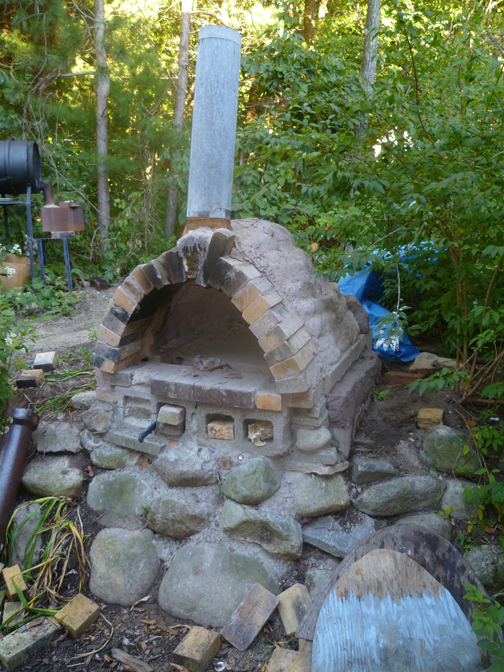

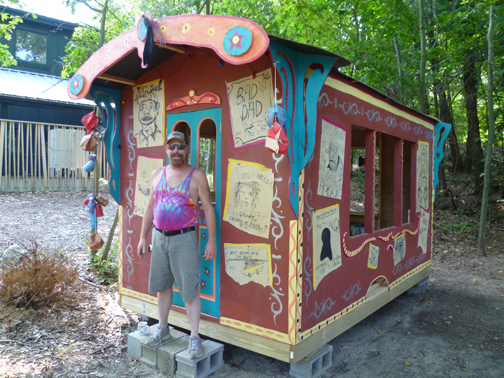

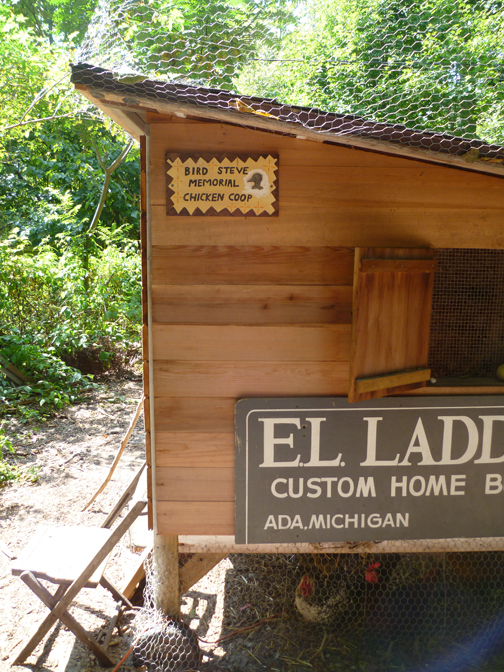
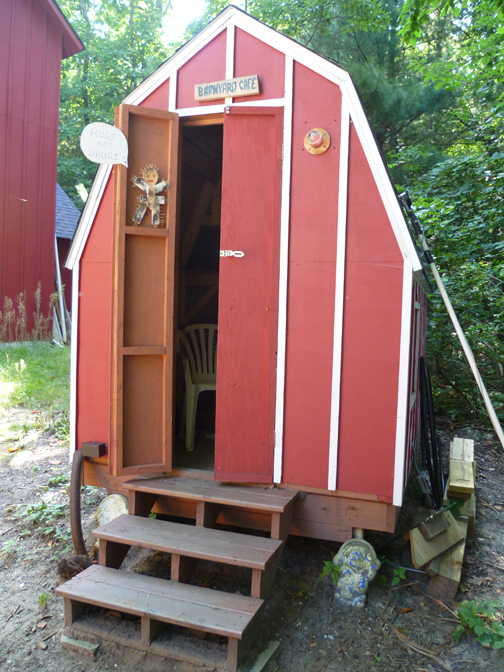

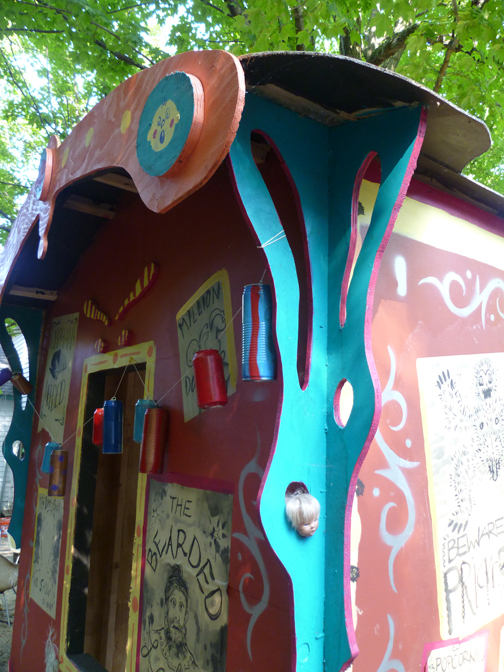
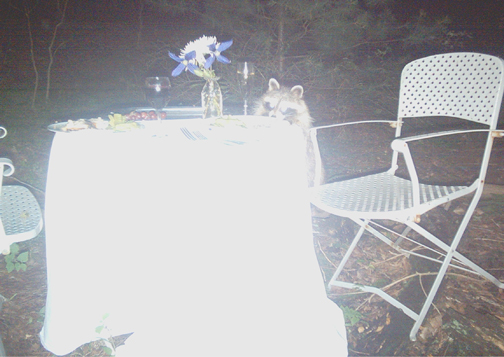
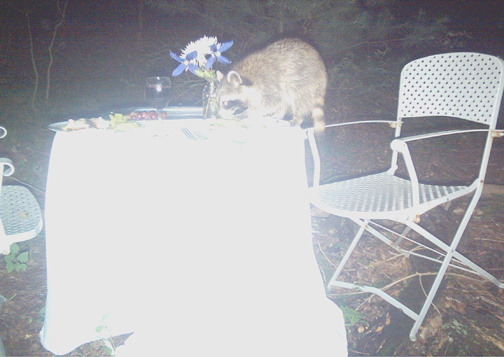
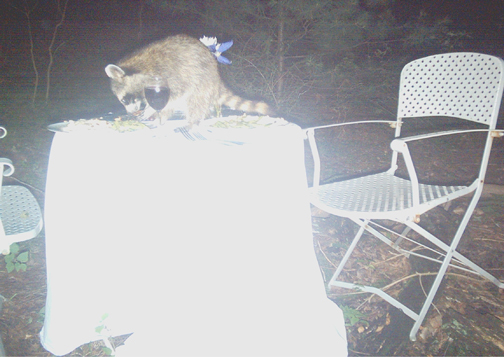
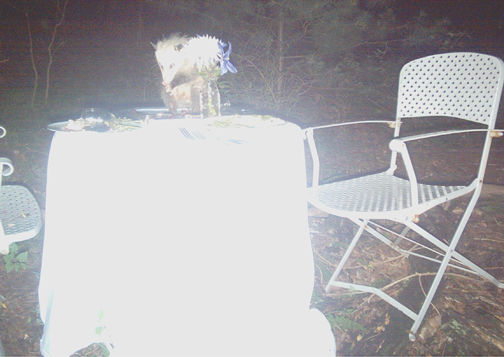
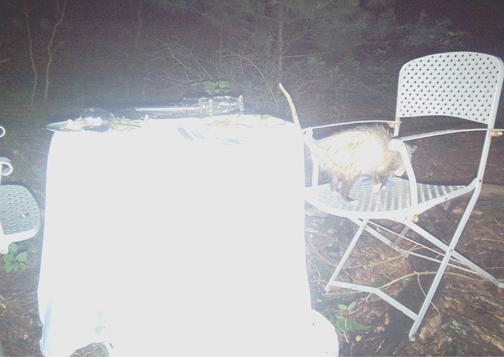
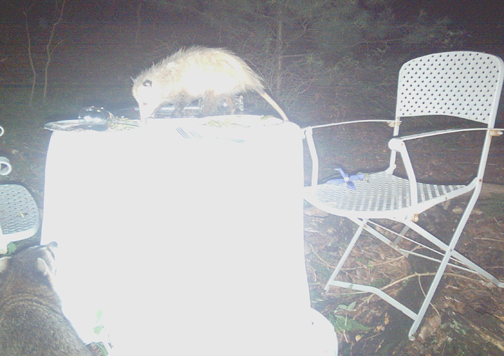
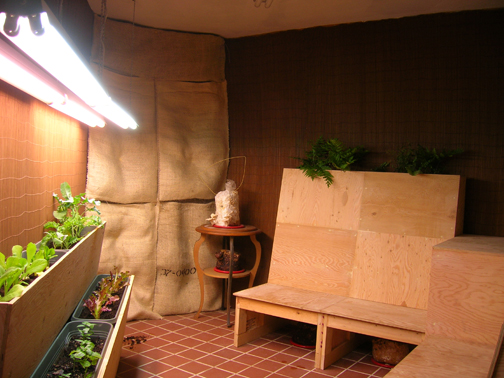
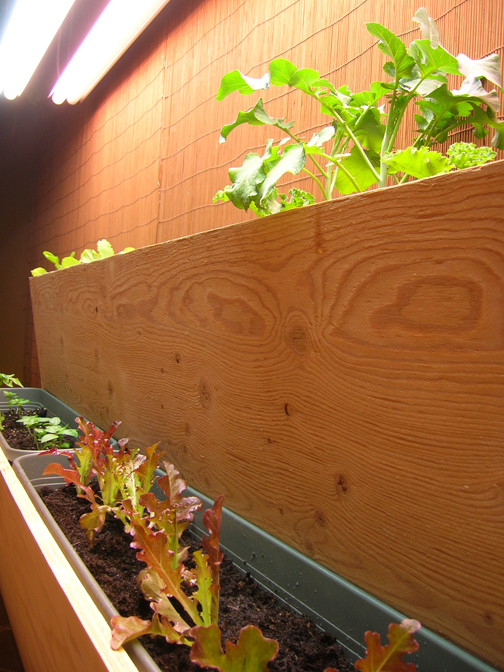
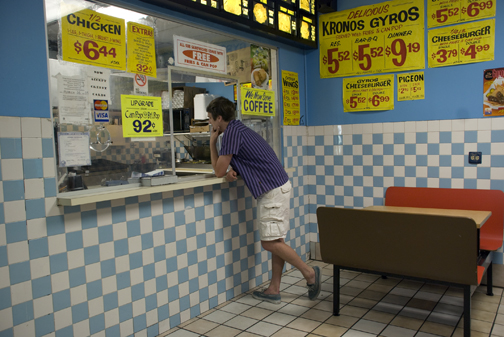
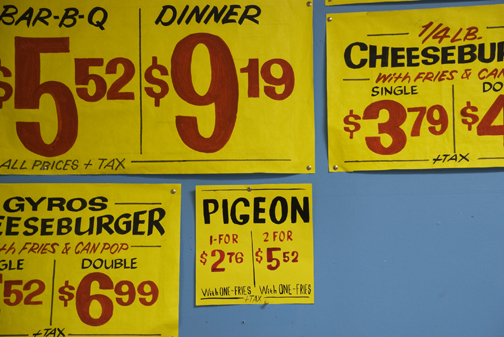
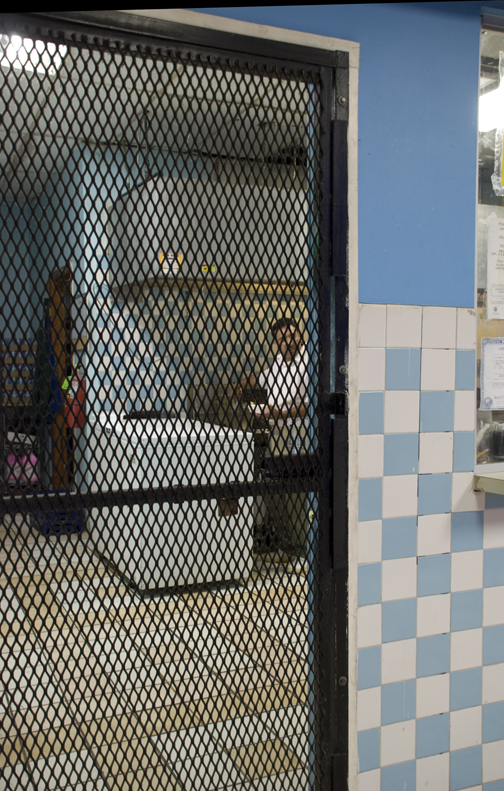
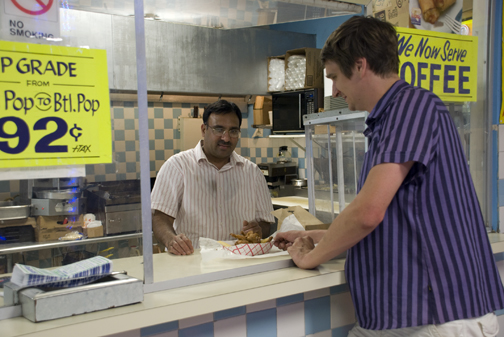
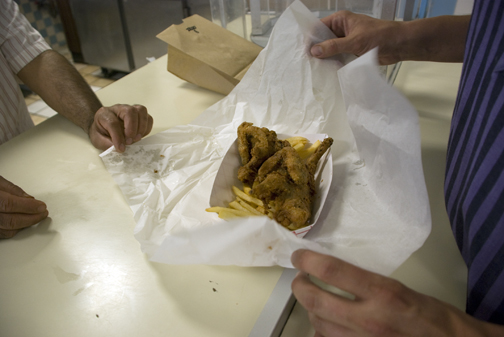
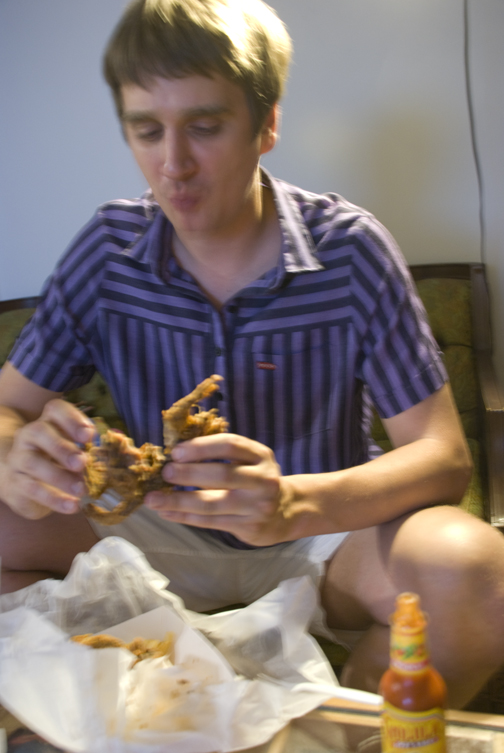
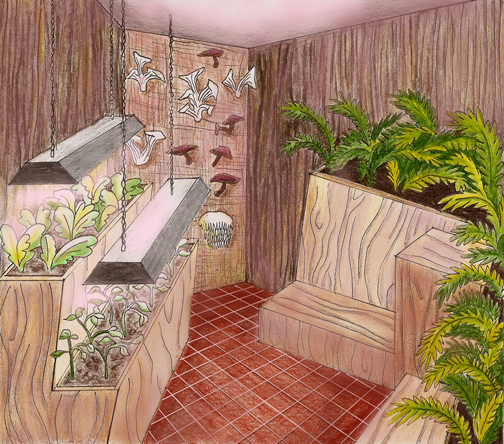

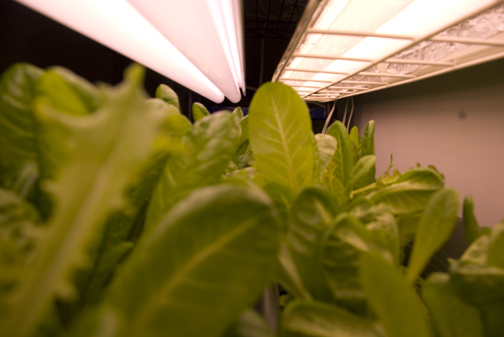
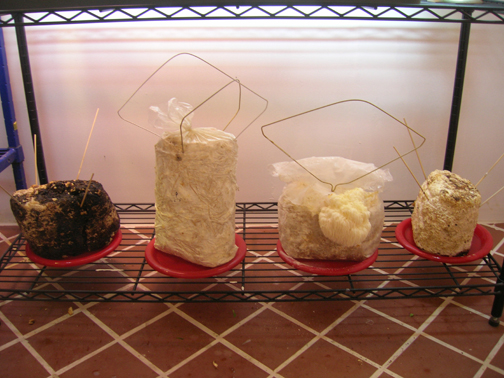
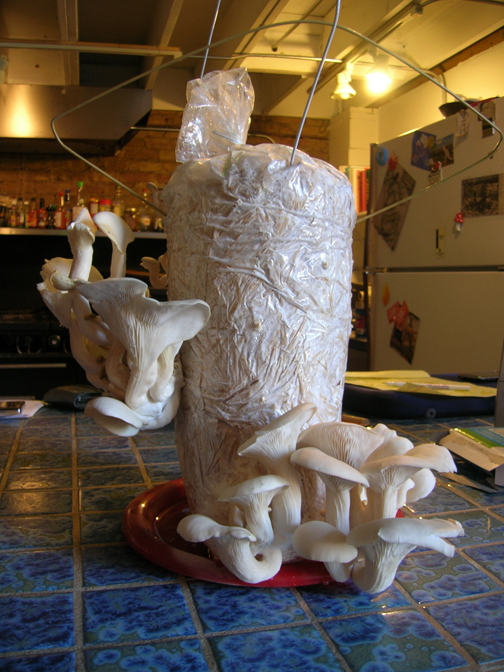
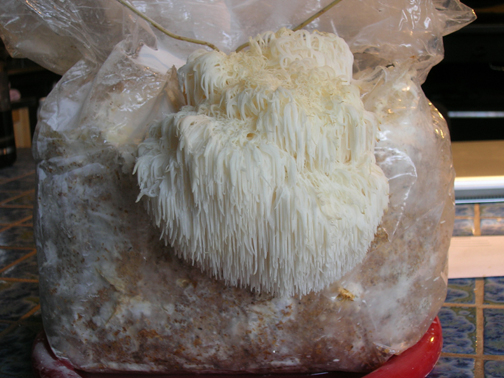
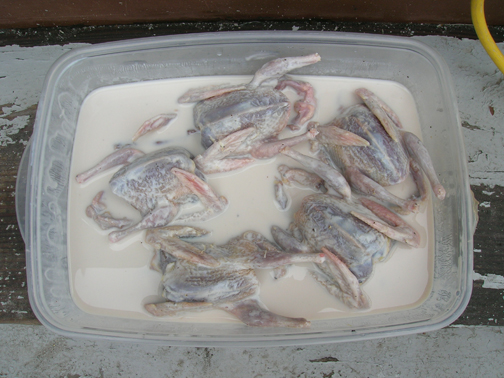
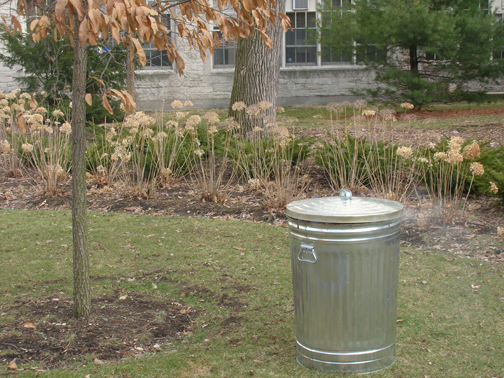
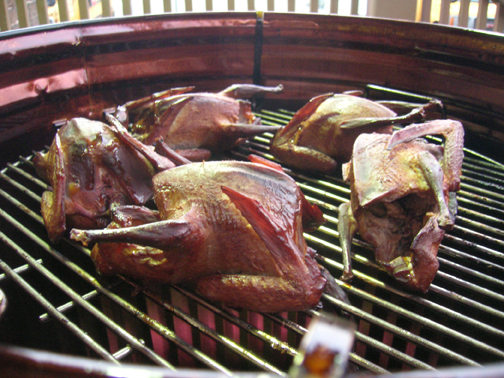
Let the cats be cats